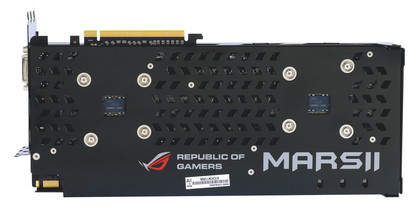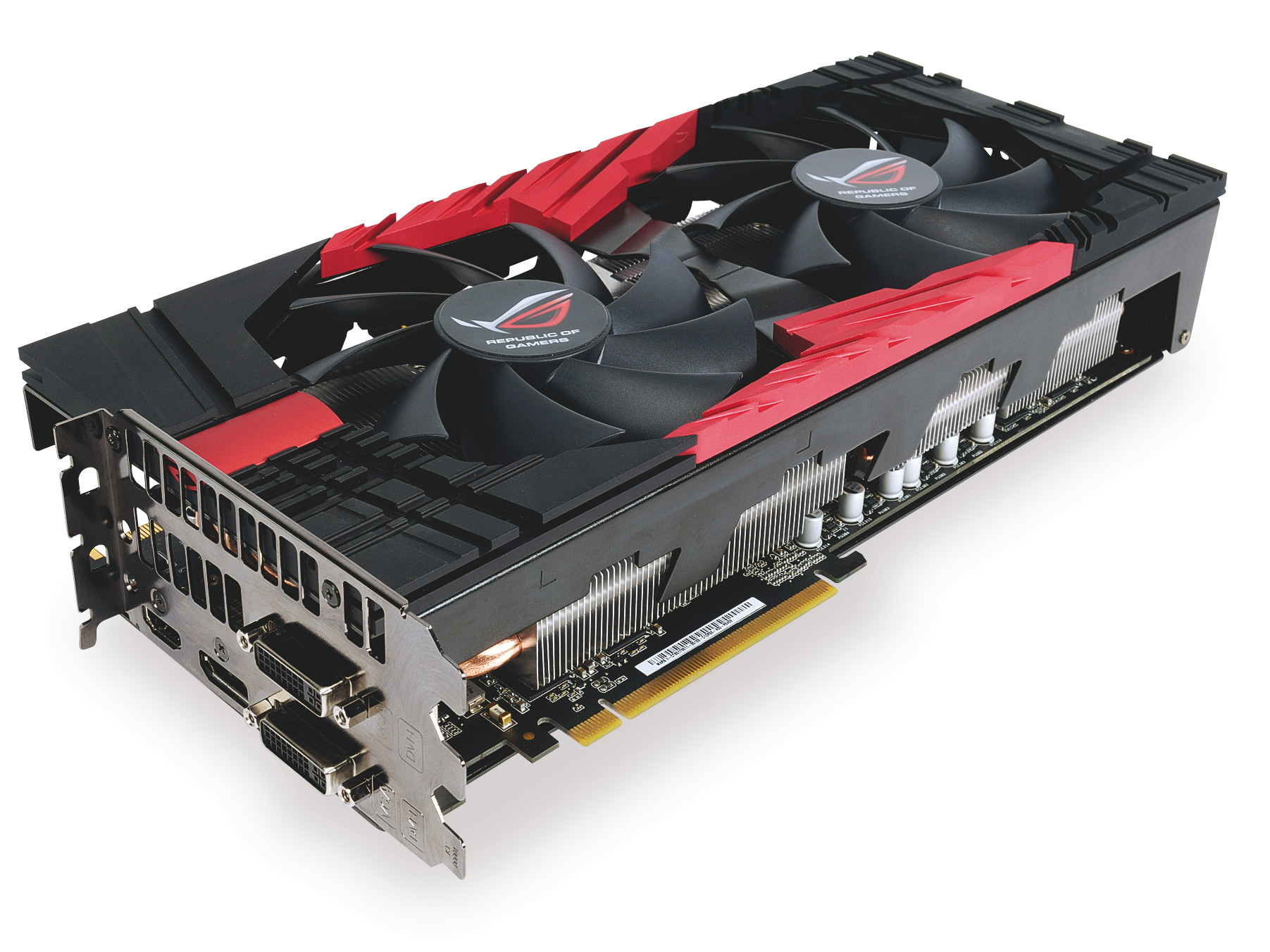TechRadar Verdict
Pros
- +
Faster than anything
- +
Surprisingly cool
- +
Overclockable
- +
High build quality
Cons
- -
Very high price
- -
Limit to increased speeds
- -
Rubber covers seem a weak solution to warping
- -
Big PSU requirements
Why you can trust TechRadar
Well, here it is, the Asus Mars II LE, the undisputed performance king of this graphics generation.
You may have heard some of the hype surrounding the Asus Republic of Gamers MARS II Limited Edition. It's got people excited, and rightly so, it's a pair of Nvidia GTX 580 graphics cards in one – you've probably heard that it's the world's fastest and most powerful graphics card.
You heard right.
Just as the first iteration of Asus' Republic of Gamers MARS set new levels of rendering and graphics processing performance by sticking two powerful GPUs onto one overclockable PCB, the limited edition Asus RoG MARS II takes that recipe and adds more beef.
The first MARS graphics card from Asus dropped two of Nvidia's GTX 285 chips onto one card, just as Nvidia itself had done with the GTX 295 – a dual-GPU card powered by two GTX 265 chips. Until Asus released the RoG MARS, Nvidia's humble GTX 295 was the most powerful graphics card on earth, and it cost £330.
Then came that first MARS. It eclipsed the GTX 295 in every department, including the price. If you wanted the faster 648MHz core clock, 4GB of GDDR5 RAM and 2125 GFLOPs of computing power, £1,070 was what you had to pay.
Skipping to the present, Asus' RoG MARS II enters the market at a time when there is no single fastest GPU – people are still bickering over the performance of AMD's Radeon HD 6990 and Nvidia's GTX 590.

Both are dual-GPU cards based on each company's most powerful graphics processor – two Cayman XT chips in the HD 6990 and two GTX 580 GF110 chips in the GTX 590. The truth is the cards are evenly matched, although you can run certain benchmarks to make either card appear superior.
That argument is well and truly silenced by the Asus Republic of Gamers MARS II Limited Edition. It might seem at first to be little more than a GTX 590 with some bigger fans on, but in raw specification and in performance, there's a sizeable gap between the two cards.
The MARS II is definitely the most powerful graphics card money can buy.
Speaking of that, there are several other superlatives we can chuck at Asus' RoG MARS II. As we've mentioned, it's the most powerful, but it's also the most expensive. The price? £1,137.
That's more expensive than the first Asus RoG Mars, most PCs, a night wining and dining Adele at the Ivy or a decent second-hand car.
For the kind of silly power on offer though, the kind of enthusiasts it attracts will see it as a money-no-object purchase.
Ready for more superlatives?
Asus is making just 999 RoG MARS IIs, making them among the rarest performance parts money can buy.
At the time of writing, there are just two MARS IIs in the UK, so if you want one it's best not to dilly dally.
The other key feature of this RoG MARS II from Asus is its sheer size – it's the biggest graphics card we've ever seen across every dimension.
Entire PCs such as the Sapphire Edge HD are smaller.
It occupies three case slots vertically, extends further horizontally than AMD's HD 5970, and with two 120mm fans keeping the whole thing cool, it's wider than anything we've seen too. It measures 315mm x 130mm x 60mm, to be precise.
That planetary moniker is starting to make sense – we're surprised the RoG MARS II doesn't pull surrounding matter into its orbit.

Ad creative by day, wandering mystic of 90s gaming folklore by moonlight, freelance contributor Phil started writing about games during the late Byzantine Empire era. Since then he’s picked up bylines for The Guardian, Rolling Stone, IGN, USA Today, Eurogamer, PC Gamer, VG247, Edge, Gazetta Dello Sport, Computerbild, Rock Paper Shotgun, Official PlayStation Magazine, Official Xbox Magaine, CVG, Games Master, TrustedReviews, Green Man Gaming, and a few others but he doesn’t want to bore you with too many. Won a GMA once.
